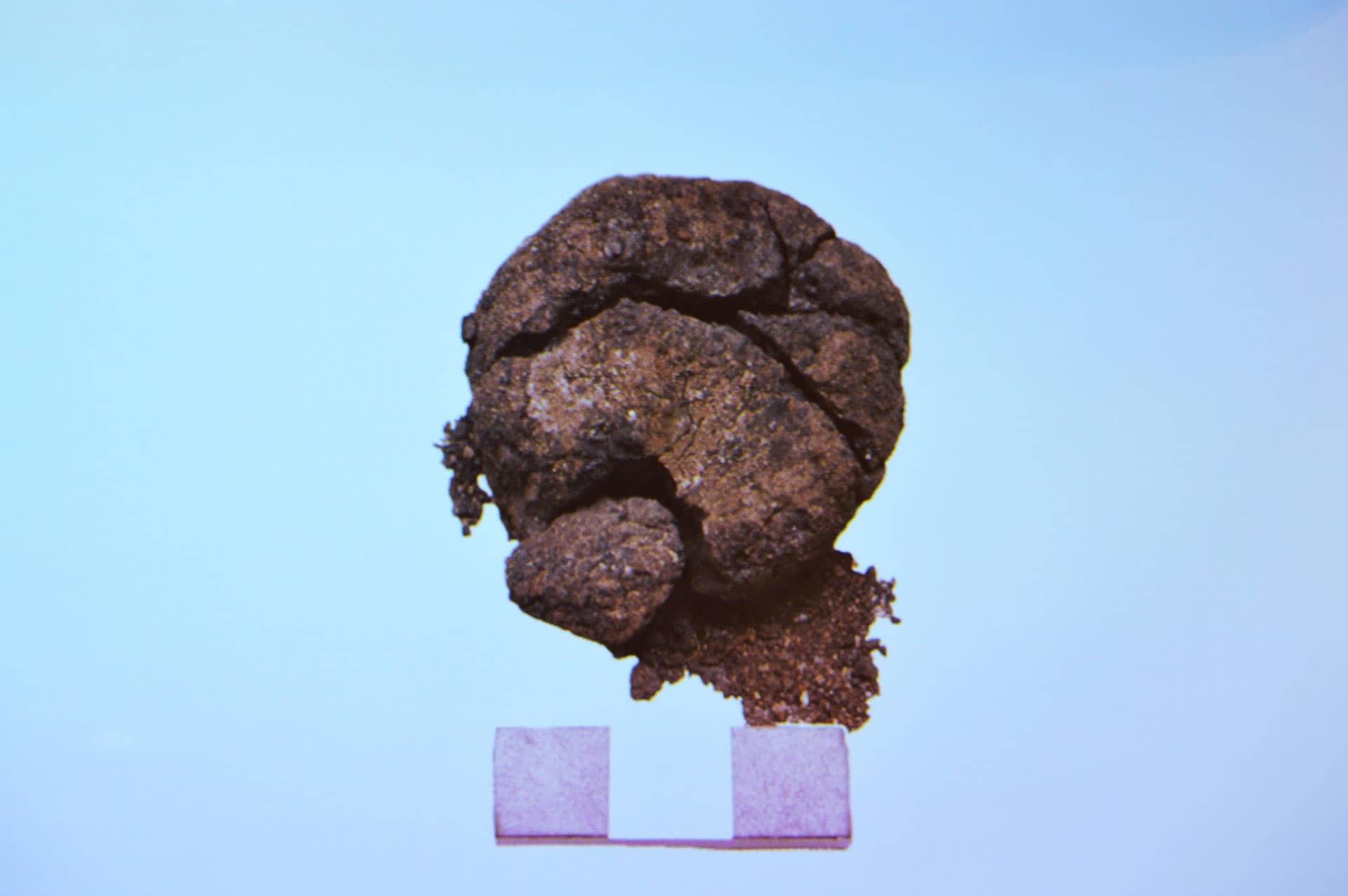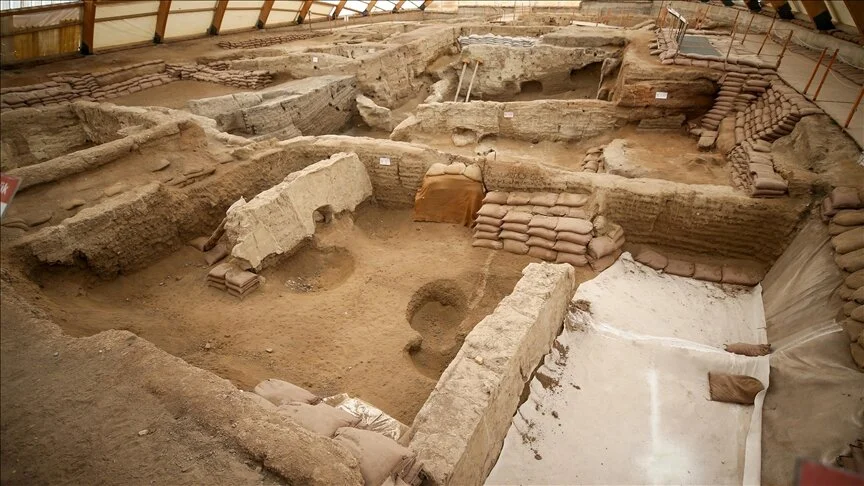
Archaeologists at Necmettin Erbakan University have uncovered what is believed to be the world’s oldest bread in central Anatolia, Turkey. The bread found at the Neolithic site of Çatalhöyük — one of the largest and best-preserved sites of its kind — is estimated to be around 8,600 years old, dating back to 6600 BCE. The rare and unexpected discovery highlights just how advanced the culinary practices of early agrarian societies were.
Understanding Çatalhöyük
Çatalhöyük is located southeast of modern-day Konya and not far from Mount Hasan. It began as a modest settlement around 7500 BCE. However, it flourished and developed into a sprawling settlement between 6700 to 6500 BCE before declining and being abandoned around 5950 BCE. This site, discovered in the early 1960s by British archaeologist James Mellaart, drew global attention due to its significant size and remarkably well-preserved architecture, offering invaluable insights into early Neolithic life.
Inhabitants of Çatalhöyük were among the pioneers of early farming, cultivating wheat and barley and herding sheep and goats. Numerous artifacts and ancient structures have been found over the years, including what some believe to be the world’s oldest map depicted in a large wall painting.
World’s oldest fermented bread

The latest excavation led by Necmettin Erbakan University’s team occurred in the Mekan 66 area of Çatalhöyük, where they uncovered an ancient building with an oven. Surrounding this oven were wheat, barley, pea seeds, and a distinctive ‘spongy’ organic residue. Upon analysis, researchers determined that this residue was an uncooked, fermented bread, not previously known in such ancient contexts.
“The fact that the building was covered with fine clay has allowed both wood and bread to be stored to this day,” said Dr. Ali Umut Türkcan, an archaeologist at Necmettin Erbakan University.
“We found that the bread has a porous, spongy structure and was not cooked,” added Dr. Yasin Ramazan Eker, also from Necmettin Erbakan University.
As soon as the archaeologists set eyes on the spongy mass, they had a hint it was something important. It still bears the mark of a finger pressed to the center. The researchers concluded the bread was fermented after performing scanning electron microscope imaging. The analysis revealed air bubbles in the sample and traces of starch grains. They also found telltale chemicals known to be found in cereals and those that indicate fermentation.
Previously, the earliest evidence of fermented bread came from ancient Egypt around 1500 BCE. Egyptians discovered that allowing dough to rest and ferment naturally resulted in a lighter, more palatable bread. They utilized wild yeasts that they found in their environment, which, when mixed with the dough and left to sit, would cause the dough to rise.
Ancient baking
In addition to Egypt, other ancient cultures such as the Greeks and Romans adopted and refined the art of bread fermentation. The Greeks, recognizing the significance of bread in daily life, were among the first to establish public bakeries. These bakeries became community hubs, crucial for feeding the urban populations. The Romans further industrialized bread production, building large bakeries that employed slaves and freedmen to ensure the constant supply of bread needed to sustain their vast empire. Roman military campaigns also often included portable mills and ovens.
In 2018, researchers at the University of Copenhagen, University College London and the University of Cambridge analyzed 24 charred remains retrieved from fireplaces at hunter-gatherer sites in Jordan. The researchers claim that these are the burned remains of the earliest flatbreads, made from the wild ancestors of domesticated cereals, such as barley, einkorn, and oat. Remarkably, this bread is estimated to be 14,400 years old, predating agriculture by thousands of years.
However, Çatalhöyük is certainly the oldest fermented bread identified thus far. The ancients experimented with fermentation even farther back. In a cave in Israel, researchers found evidence of beer brewing that is estimated to be 13,300 years old. First beer, then bread. Makes sense.
What happened to the Çatalhöyük bread though? Why was it never baked in the oven? Archaeologists don’t know yet and they might never know. We can only speculate and play detective. Bread, like all food in general, was scarce in ancient times. Certainly, whoever took the trouble of preparing the bread had all the reasons to complete the job and bake it. Whatever interrupted this process must have been very serious because the baker never finished the job — and the bread remained untouched for thousands of years.


